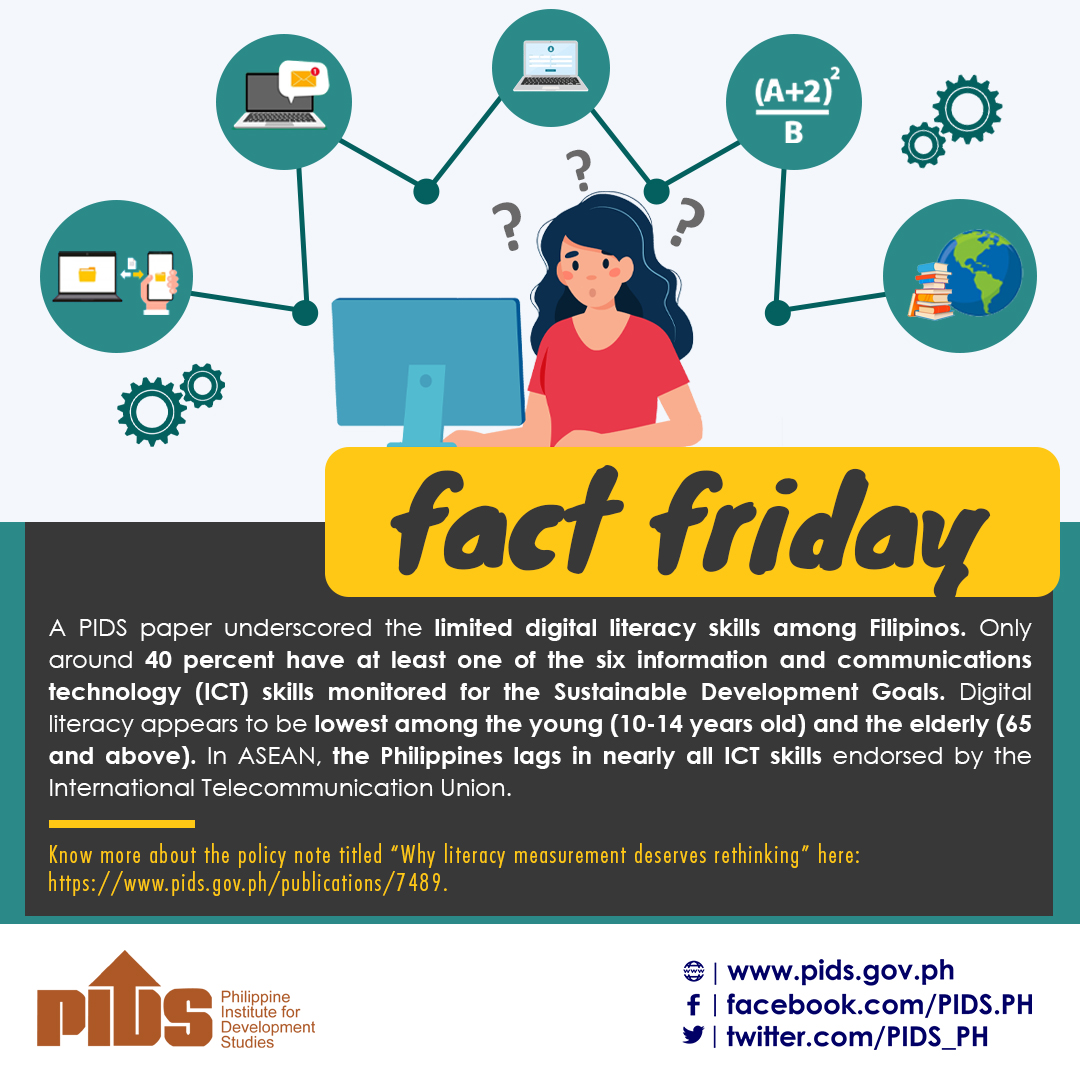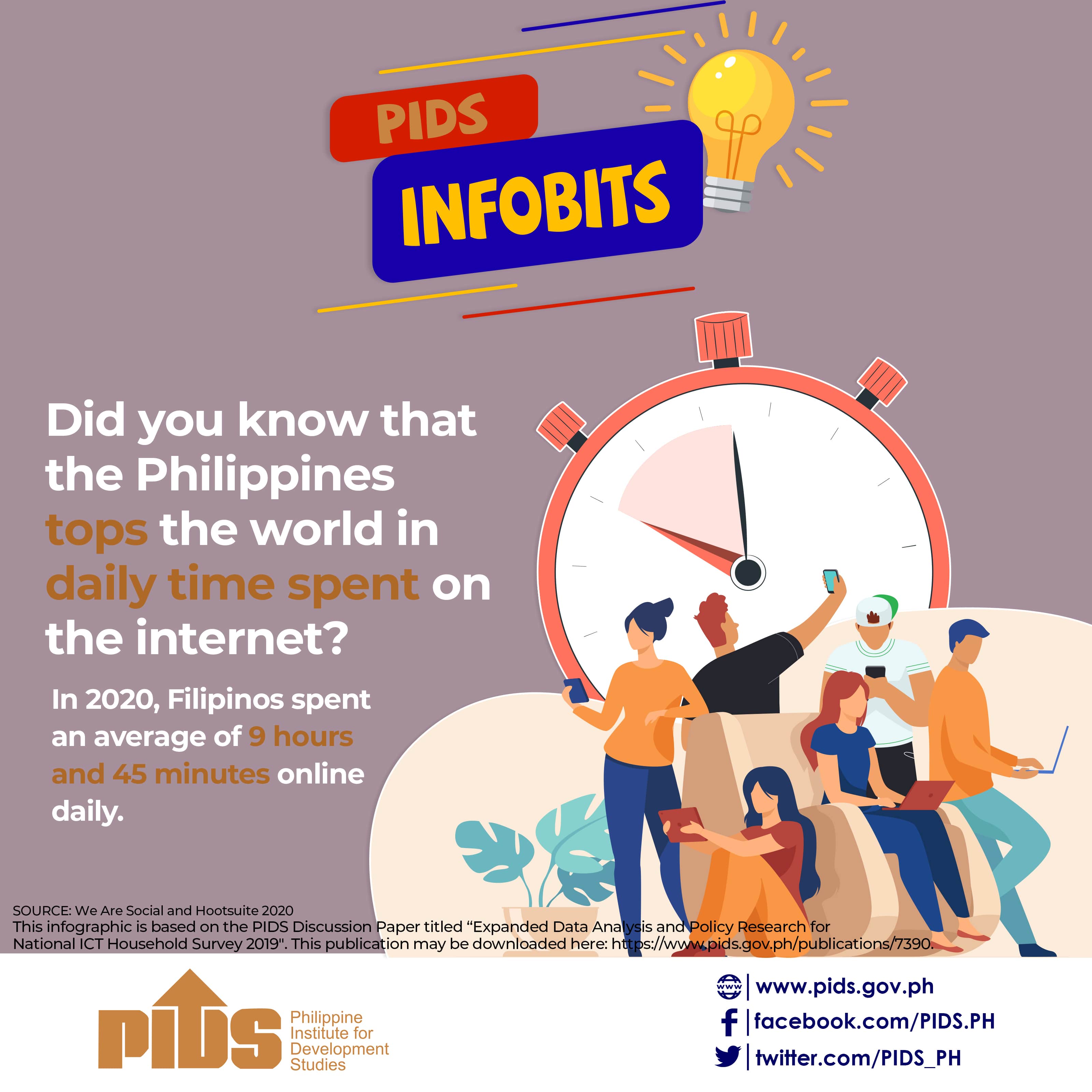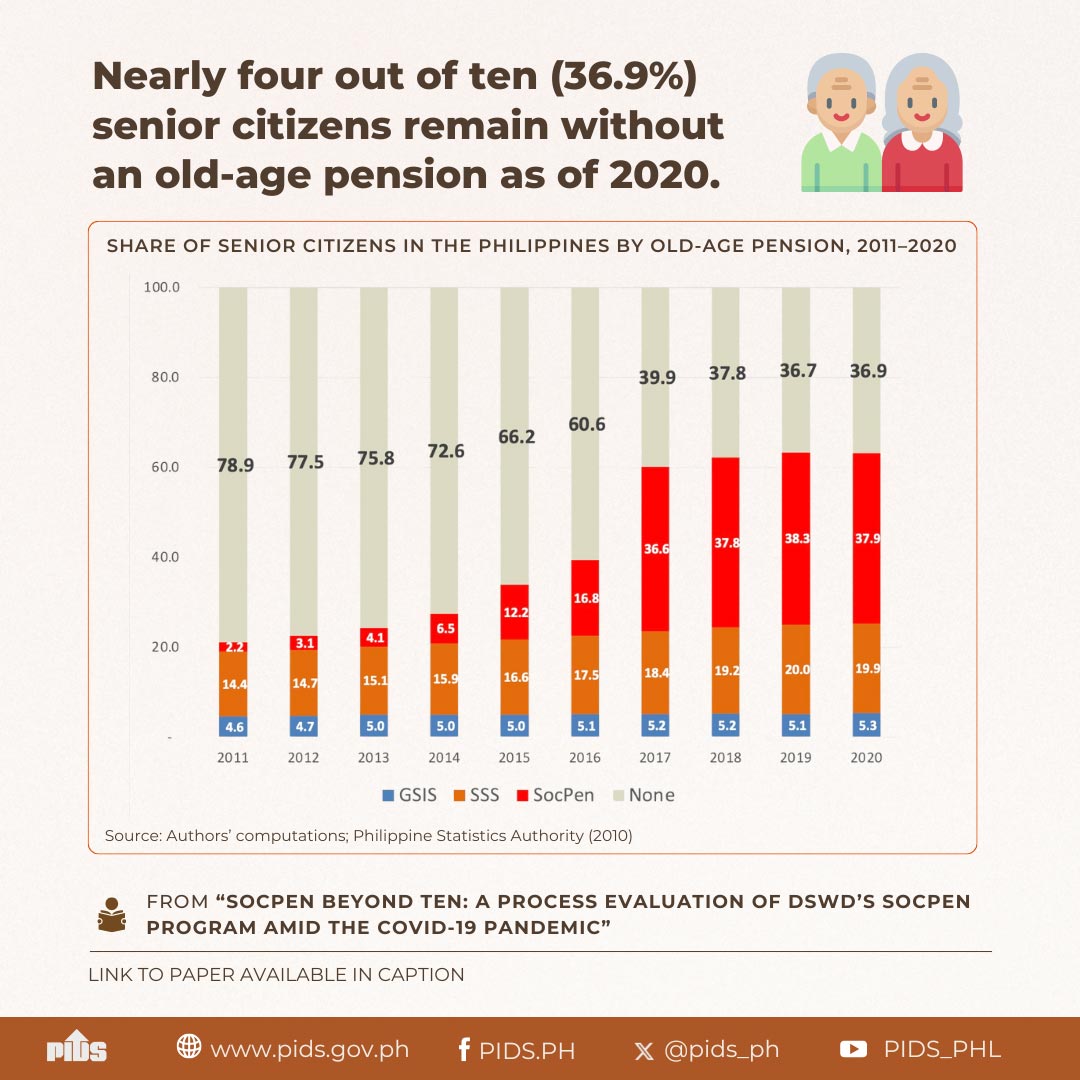ESCAPING poverty is becoming more difficult with a million more Filipinos joining the ranks of the poor than those leaving in the years 2003 to 2009, according to a study released by the Philippine Institute for Development Studies (PIDS).
In the study titled Poverty Transitions and the Near-Poor in the Philippines, PIDS Senior Research Fellow Jose Ramon G. Albert found that between 2003 and 2006, total poverty inflows exceeded outflows by about 200,000 households, which is about a million Filipinos.
The study also showed that while 1.3 million households escaped poverty in 2009 from 2006, 1.2 million households still gell into poverty during the period.
“While 8.6 percent of households were poor in 2003 but managed to exit from poverty by 2009, 9.2 percent of households that were non-poor in 2003 [of which, two-fifth were near-poor], slipped into poverty by 2009,” Albert said.
The study also showed that, using panel data from the Family Income and Expenditure Survey (FIES), only a fraction of the population was never poor and majority of households were considered “poor at some point.”
“While about seven-tenths of households were never poor, the remaining households have been poor at some point. About 10 percent of Filipino households were persistently poor, and about two-fifths were poor in one survey wave and exited from poverty in the next wave, or non-poor in one survey wave but fell into poverty in the next wave,” Albert said.
Given this, Albert said the country’s economic growth failed to “sufficiently trickle down and reduce poverty” in the country.
His study revealed that economic growth averaging 4.8 percent between 2003 and 2009 failed to significantly reduce poverty.
This was partly due to an uneven distribution of benefits, with high income inequality limiting the impact of growth on the most vulnerable.
Further, he also said the “near-poor” who are mostly located in rural areas are exposed to vulnerabilities such as natural disasters, commodity price hikes, or job losses that could push them back into poverty.
The study by the government think tank showed that of two-thirds of Filipinos living in poverty, a staggering 66 percent reside in rural areas. The PIDS said this geographic disparity underscored the need for immediate government intervention.
These interventions must boost rural economic opportunities, prioritizing farm productivity and diversification alongside additional employment avenues. “The fluidity of poverty transitions in the FIES data underscores this income instability,” Albert stressed.
With these findings, Albert emphasized that there is a need for a multi-faceted approach to mitigate poverty. A targeted social protection for the near-poor through safety nets, cash transfers, and insurance programs should be prioritized.
Inclusive growth policies are also needed to bridge the income gap and empower less fortunate communities. These policies should focus on expanding rural economic opportunities, boosting agricultural productivity, investing in education and infrastructure, and creating decent jobs.
Additionally, it is recommended to build resilience among vulnerable households through disaster preparedness, financial inclusion, and market volatility protection to empower them to withstand economic and personal challenges.
The study calls for continued poverty monitoring and understanding poverty dynamics to inform policy responses. “It would also be important to regularly examine vulnerability to income poverty,” Albert noted.
Earlier, Ateneo de Manila University (ADMU) Department of Economics Chairperson Alvin P. Ang said if the government is keen on making the economy more inclusive to allow a greater number of Pinoys to take part in the country’s growth story, it must be willing to temporarily sacrifice fast GDP growth.
In a recent interview, Ang told the BusinessMirror that for this year, the economy could easily grow at 5.5 percent, even without any major reforms.
But, he said, this steady growth rate is not good in addressing inequality. Ang said structural reforms are needed to ensure that more Filipinos benefit from growth, which could slow GDP growth to around 4 percent.
“Actually, that’s [steady growth of 5.5 percent] problematic because it is an inequality-worsening type of growth. Because only certain sectors are growing,” Ang said.
“For example, agriculture. You have to make a drastic move. If you don’t do anything, the economy would still grow but agriculture will keep lagging. Behind. And then manufacturing, for one, will keep trailing behind. You’ll become a service economy na walang tradable base,” he explained.
Ang said this will make the Philippines even more dependent on imports as well as labor export. This also means those businesses with large capital will continue to grow but those with less resources, will see their situation worsen.












